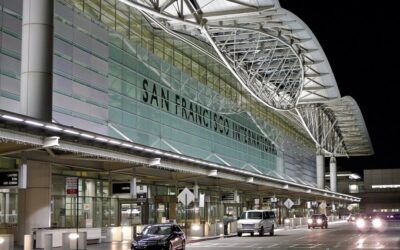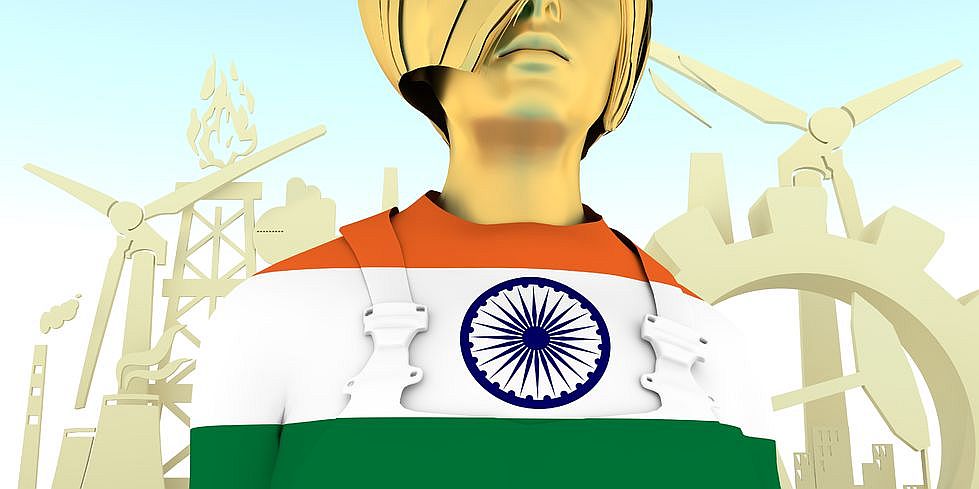New SITA report shows most airlines and airports expect to increase IT spending in 2017
BANGALORE – 16 December 2016 – Airlines and airports in India are expected to rapidly ramp up their spend on new technology over the next three years to keep up with surging growth which will see passenger traffic double to 370 million by 2020. The growth will position India as the world’s third largest aviation market.
To meet this demand airlines and airports are investing in technology to help bridge the capacity gap and accommodate more passengers. According to SITA’s 2016 India IT Trends Benchmark study, released today at the India ICT Aviation Forum 2016, all airlines in India expect to see IT budgets increase in 2017 compared to 2016. This contrasts markedly with global airline confidence on future IT budgets, with just over half expecting an increase while around a third will see no change in 2017. The remainder globally are braced for lower budgets.
Airports in India are similarly positive about IT spending with 80% of airports expecting an IT budget increase in 2017 over 2016. This compares to 58% of airports globally who expect an increase next year.
Speaking at the forum, Maneesh Jaikrishna, SITA Vice President, India and Subcontinent, said: “Rapid growth is a positive challenge for India. While many Indian airlines and airports lag the rest of the world in the use of technology, there is tremendous opportunity and desire among air transport executives to bring the country in line with the rest of the world. This vital investment in technology will ensure that India can fully capitalize on the growth we expect to see in the next few years.”
Foremost among the priorities of Indian airports is handling the huge passenger volumes efficiently. That means self-service technologies are in high demand and the majority of Indian airports (83%) plan major passenger self-service programs in the next three years. One area of significant growth is self-service bag-drop, with more than 80% of airports expecting to put in place assisted self bag-drop systems.
Another key focus area for both airlines and airports is mobile. SITA’s research shows 98% of Indian passengers carry at least one mobile device. Over the next three years, 80% of airlines and 67% of airports plan major projects developing mobile services for passengers.
Jaikrishna said: “The good news is Indian passengers prefer to use technology in their everyday lives. This is aligned with SITA’s global findings that travelers prefer to use technology than face-to-face interactions across the travel steps. As airports and airline introduce new self-service options – particularly mobile services – the industry can be assured that passengers will use them.”
With the industry sharply focused on using new intelligence and better predictability to improve operational efficiency, every airline in India plans to undertake work on business intelligence initiatives and 60% have plans for projects around predictive analytics. Other emerging technologies, such as artificial intelligence and cognitive computing, are also going to be looked at by 50% and 25% of airlines respectively, albeit over a slightly longer timeframe, both indicating a further increase in data volume.
India still lags its global counterparts in implementing emerging trends such as the Internet of Things (IoT). Globally airlines are bringing aircraft into the Internet of Things (IoT) ecosystem with an increasing number of “connected aircraft” starting to enter the global fleet. Yet SITA’s survey shows no airlines in India are yet operating connected aircraft. However, the airlines recognize the potential for enhancing passenger services and by 2019, around half will have taken delivery of some connected aircraft, although still somewhat below the global level of 66% of airlines.
There is also an interest from India’s air transport sector in single biometric tokens for identity management as it has the potential to eliminate bottlenecks and reduce stress for passengers. Two thirds of India’s airports say they have started trials or projects, of which many are expected to develop into full scale deployments with 86% of airports planning a major program with this technology by 2019.
PRESS RELEASE










